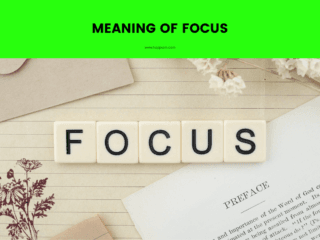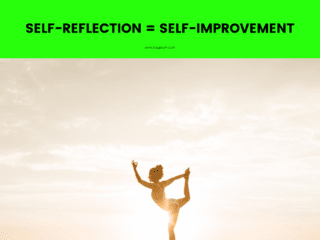
Meaning of Critical Thinking
Critical thinking is a way of thinking where you carefully analyze and evaluate information. It involves looking at things thoughtfully and carefully, not just accepting them at face value.
When you use critical thinking, you ask questions and try to understand things deeply. You don’t just believe something because someone says it; instead, you consider the evidence and reasons behind it. Critical thinking helps you make well-informed decisions and solve problems effectively.
To be a critical thinker, you need to be open-minded and willing to change your mind if the evidence suggests it. It’s about being curious, asking questions, and being aware of your own biases.
Critical thinking is a valuable skill that can be applied in various aspects of life, from solving everyday problems to making important decisions.
20 Real-Life Examples of Critical Thinking
1. Analyze Articles with a Discerning Eye
Don’t just passively read. Evaluate arguments, check for bias, and assess the reliability of information.
2. Solve Problems Systematically
Identify the issue, gather relevant information, consider alternative solutions, and choose the most effective approach.
3. Make Decisions based on Careful Analysis, not Impulse
Weigh the pros and cons, consider long-term consequences, and avoid acting on gut instinct.
4. Evaluate Sources Critically
Check for reputable authors, reliable publications, and evidence-based content to ensure trustworthiness.
5. Reflect on and Challenge Your Personal Beliefs
Question assumptions, consider different perspectives, and be open to changing your mind based on new information.
6. Listen Actively and Engage in Thoughtful Dialogue
Ask clarifying questions, consider different viewpoints, and don’t just accept information passively.
7. Forecast Consequences Before Making Decisions
Think about the ripple effects of your choices on various aspects and stakeholders.
8. Think Creatively and Outside the Box to Solve Problems
Generate multiple solutions and explore unconventional ideas for innovative outcomes.
9. Identify and Question Underlying Assumptions
Don’t take arguments at face value. Challenge ideas that may be based on unfounded beliefs.
10. Compare and Contrast Concepts for a Deeper Understanding
Analyze similarities and differences to make informed comparisons.
11. Unravel Cause-and-Effect Relationships
Assess whether a claimed cause truly leads to the observed effect and consider alternative explanations.
12. Spot and Avoid Logical Fallacies
Don’t be fooled by arguments weakened by faulty reasoning, like circular logic or ad hominem attacks.
13. Interpret Data Objectively
Consider the source, collection methods, and potential biases to draw accurate and meaningful conclusions.
14. Prioritize Information Strategically
Focus on key points and disregard irrelevant or misleading details. Don’t get bogged down in information overload.
15. Predict Trends and Prepare for the Future
Assess current trends and consider multiple factors that might influence future developments.
16. Be Aware of Your Own Biases and Seek Diverse Perspectives
Actively challenge your own assumptions and seek out information from different sources to avoid biased thinking.
17. Construct Well-Reasoned Arguments
Articulate your thoughts clearly and persuasively, support claims with evidence, address counterarguments, and present a logical flow of ideas.
18. Debate Effectively with Focus and Respect
Listen to opposing viewpoints, respond thoughtfully, and avoid emotional or inflammatory language.
19. Question Authority and Challenge Established Norms
Don’t blindly accept information or rules. Inquire into the reasons behind them and think critically about their validity.
20. Promote Continuous Learning
Be curious, actively seek out new information, and adapt your thinking based on evolving knowledge and perspectives.





